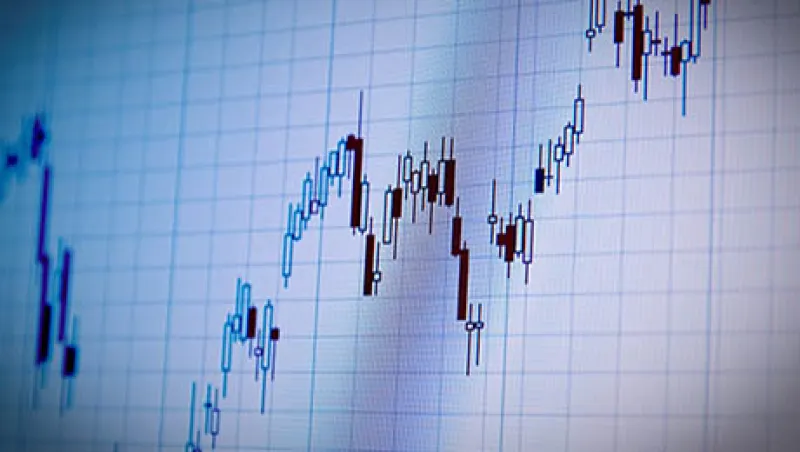As the U.S. corporate world winds down for the year, it’s on track to round out 2015 with leverage levels at a six-year high.
Some say the impact will be small, as corporate defaults are likely to stay within historical norms. Others are feeling a bit more cautious about the risk of financial crises stemming from a buildup of debt.
As for the recent turmoil in the high-yield debt market, most analysts say that it was much ado about little. The issue wasn’t defaults, but rather fears of retail investors over the Third Avenue Focused Credit Fund, which many thought was a plain-vanilla high-yield debt fund but was actually a distressed-debt fund. When the fund couldn’t dump its lowest-rated assets to pay off spooked investors, it ceased allowing withdrawals and sparked a panic in the high-yield debt market. But again, defaults weren’t the issue, and the market calmed by Tuesday, December 15.
Corporate leverage, defined as net debt/earnings before interest, taxes, depreciation and amortization, totals 1.49, the highest level since the first quarter of 2009, according to Goldman Sachs Group. Total nonfinancial corporate debt has doubled, to $3.4 trillion, a record high, since 2007, the firm estimates.
But the economy may be having more of an effect on corporate leverage than leverage is having on the economy. Given the economy’s modest recovery of 2.2 percent annualized growth since the end of the 2007–’08 financial crisis, companies haven’t had a great opportunity to invest in expanding operations. Instead, they are borrowing money to facilitate financial engineering: share buybacks, dividend payouts and mergers and acquisitions. The ultralow interest rates created by Federal Reserve easing make this borrowing very cheap.
“Borrowing opportunities are good, but it’s not clear that investment opportunities are good,” says Tamim Bayoumi, a senior fellow at the Peterson Institute for International Economics in Washington.
This could represent a vicious circle, says economist Edward Yardeni, president of Yardeni Research, a sell-side research firm in Glen Head, New York. “Financial engineering may be taking away from resources that would go into employment and capital spending,” he says. That, in turn, encourages more financial engineering, because companies see weakness in the economy. “This may be an unintended consequence of global central bank easing, weighing on the economy through financial engineering while failing to stimulate demand.”
Other analysts aren’t too worried about the buildup of corporate leverage, however. “I don’t think people have to set their hair on fire over this,” says Martin Fridson, chief investment officer of New York–based money management firm Lehmann, Livian, Fridson Advisors. Some of the financial engineering may be justified as an alternative to expanding corporate operations, he says. “Historically, if there aren’t good returns, you don’t want companies overexpanding,”
In addition, growing debt levels aren’t worrisome by themselves, he says. “There’s not much of a connection between the amount of issuance and default rates. The ratings mix of the outstanding universe of debt doesn’t change much.”
Default rates go up when the economy enters recession, but recessions don’t arise because debt piles up, Fridson says. Historical default rates usually range from 2 percent to 10 percent. “There’s nothing to indicate that we should expect anything more than a cyclical peak in default rates,” Fridson says. The U.S. speculative-grade corporate default rate totaled 3 percent in the 12 months through November, according to Moody’s Investors Service.
Analysts note that the financial engineering has boosted stock prices. “Until further notice, it will stay that way,” Yardeni says. “There’s no obvious change in the story, given the continuation of global easing.” Whereas the Fed raised interest rates December 16, Fed officials have emphasized that policy will remain accommodative. As for corporate bonds, at some point the heavy issuance will become a risk, “but right now, there is no letup in demand,” Yardeni says.
Not everyone is so sanguine. The mounting corporate leverage is “worrisome,” says Phillip Swagel, professor of international economic policy at the University of Maryland. “That’s a key ingredient for financial problems like those of 2007–’08.” The Fed’s massive easing of the past seven years is quite understandable, he says. “But leverage is one natural effect.”
Mohamed El-Erian, chief economic adviser at Allianz, also is concerned. Corporations’ allocation of their bulging debt to financial engineering, rather than to investment in productive capacity, “does not enhance the corporate and economic activity that in turn helps put a sustainable floor under asset prices,” he says. “As such, the leverage could threaten future financial stability if it is not managed well.”







